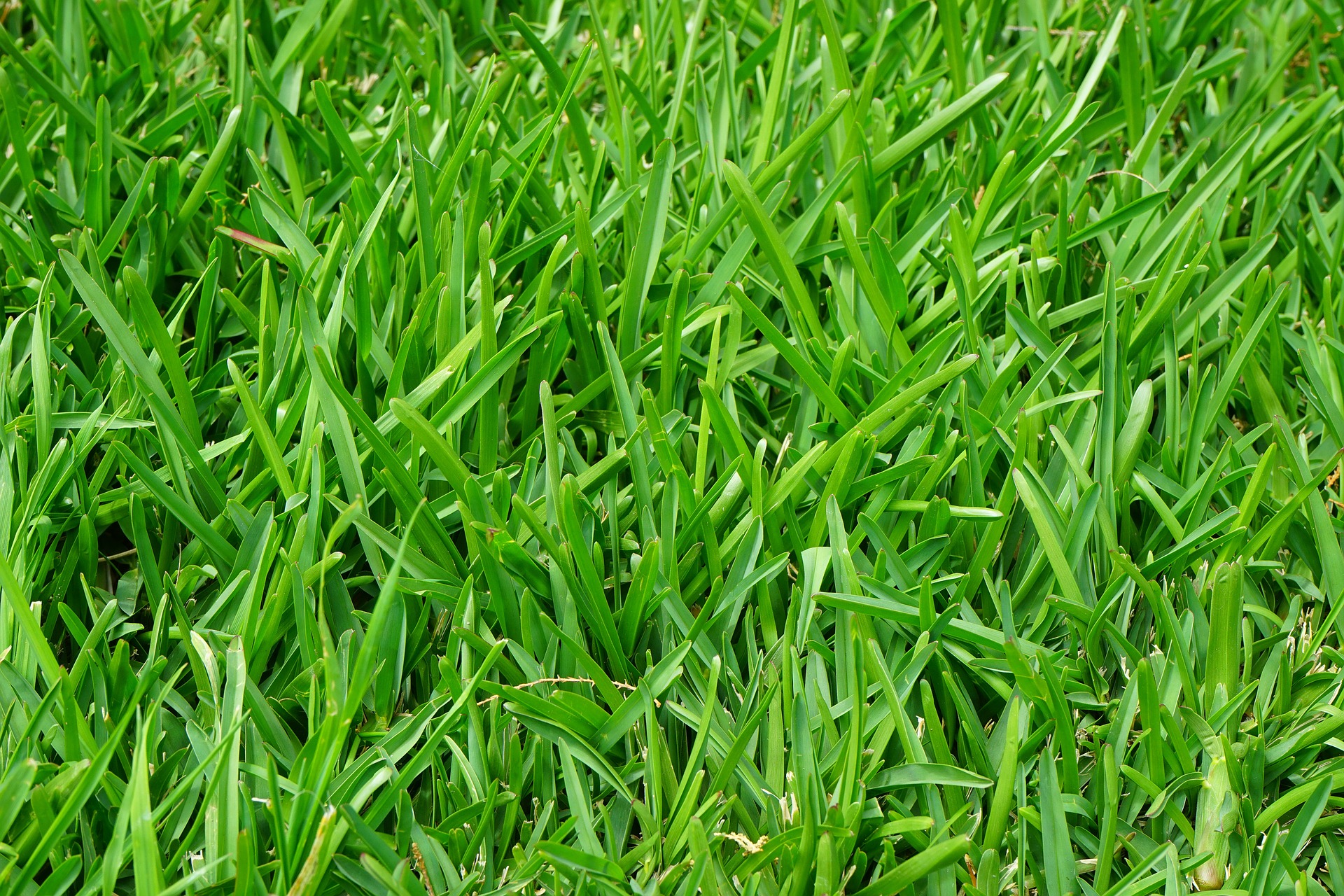Just what is a lawn aeration service, and how can it help your lawn? Find out here.


Just what is a lawn aeration service, and how can it help your lawn? Find out here.

Just as people need air to breathe, so do healthy, happy lawns. Your lawn needs a way to open up and receive nutrients and adequate hydration. Lawn aeration, often called core aeration, removes small plugs of turf, thatch and soil from your lawn. These plugs break down and feed nutrients back to your lawn's root system.
Aeration is one of the best ways to make your lawn thicker and improve the effectiveness of normal irrigation, fertilizers and pest control programs. This is why lawn aeration services are a must with any lawn care regimen.
Lawn aeration services provide numerous benefits:
As a general rule, lawn aeration should be performed annually. However, twice a year may be necessary if the soil of your lawn is compacted. Here are a few signs you need to aerate your lawn:
The experts at TruGreen® know that certain aspects of lawn maintenance, such as lawn aeration, play a key role in keeping your lawn looking its best. TruGreen PhD-certified specialists are trained to recognize conditions that can negatively affect the health of your lawn and suggest products and services to make it the envy of your neighborhood. To learn more about lawn aeration services, visit TruGreen.com or call 866.688.6722 today.

Facebook
X
Youtube
Copy Link
Email